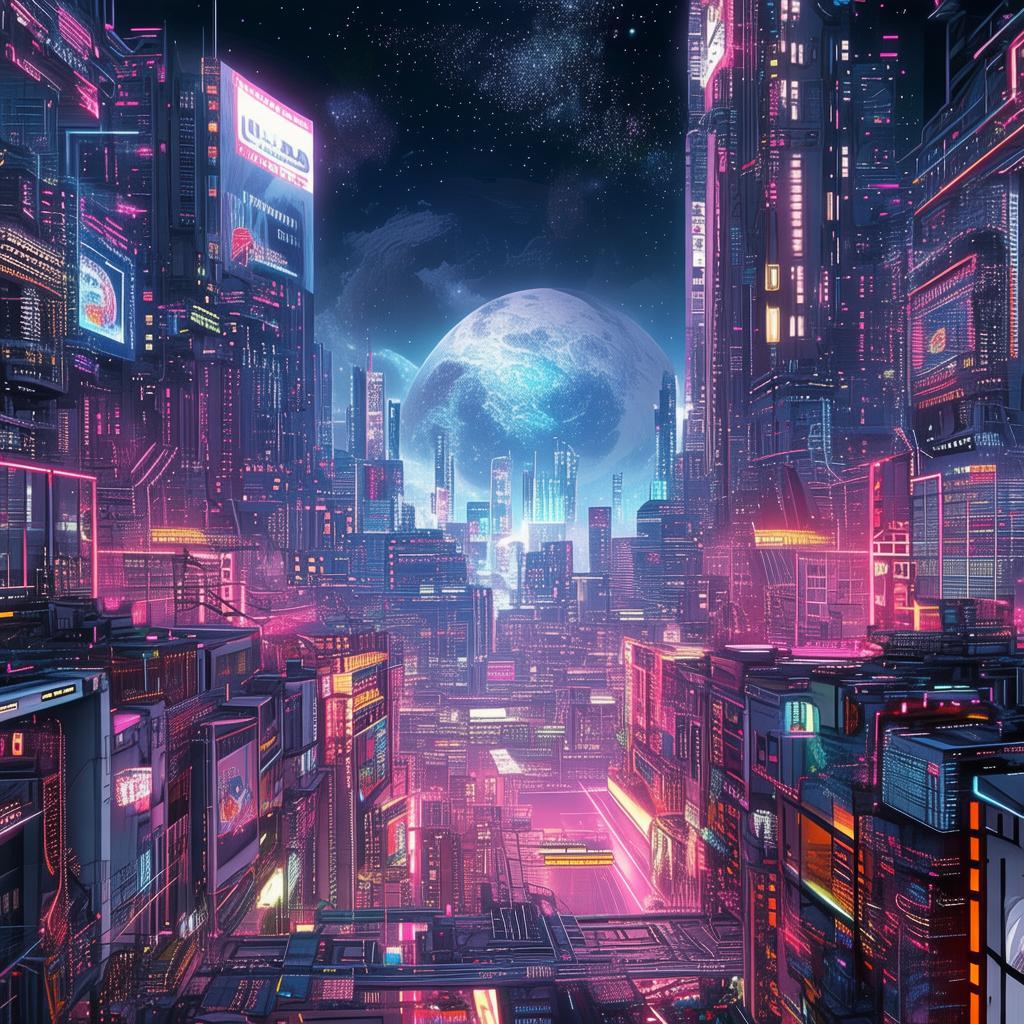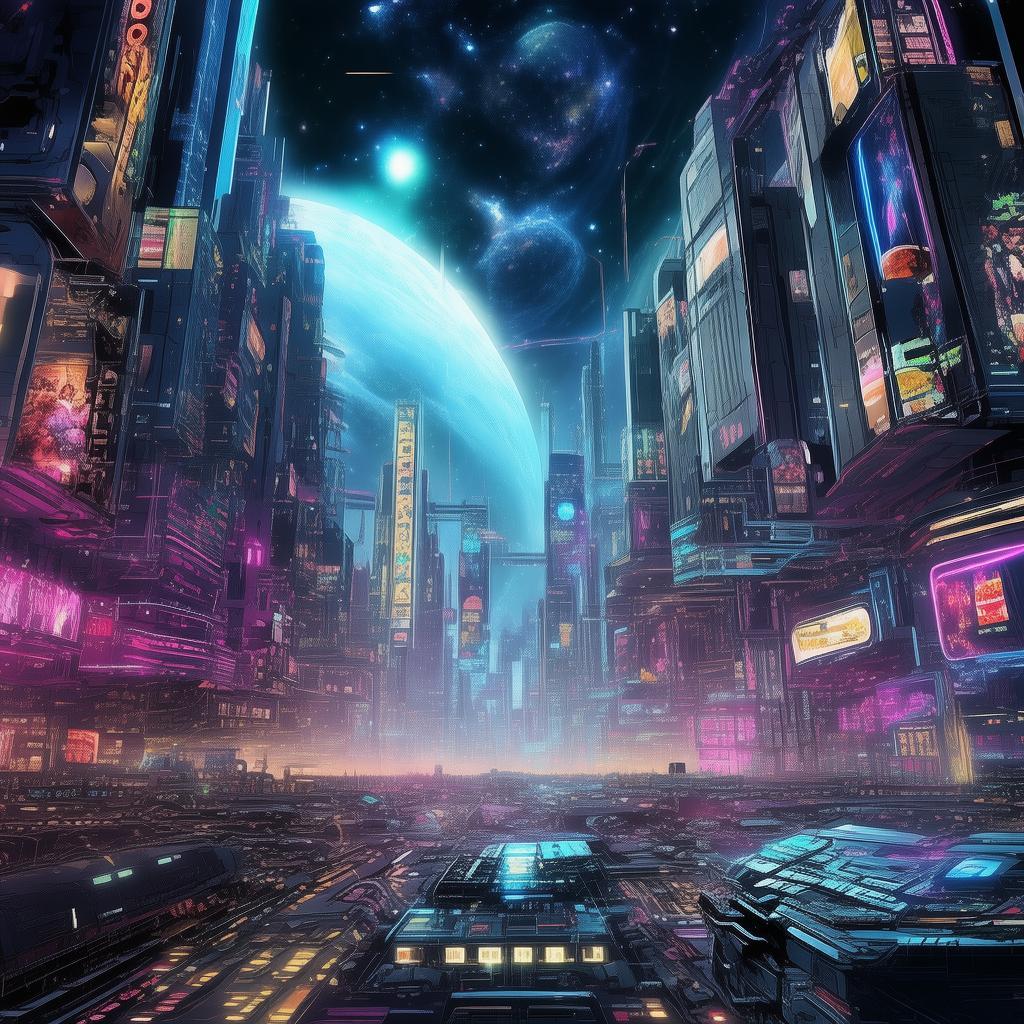The Echo of the Future: A Symphony of Rebellion
In the year 2147, the world had become a monochrome canvas of oppression. The Global Unity Corporation, known as GUC, had risen to power, a sprawling conglomerate that controlled every aspect of human life. The sky was a constant gray, the air thick with the hum of drones that patrolled the skies, and the ground was a network of streets where surveillance cameras watched every move.
Amidst this desolate backdrop, a symphony of rebellion was beginning to resonate. It wasn't a traditional uprising, but a digital crescendo, a fusion of music and technology that would become the anthem of the resistance.
The protagonist, Alex, was a young hacker with a gift for finding the cracks in the GUC's impenetrable digital fortress. He had been living in the shadows, his identity a cipher to those who sought to silence him. But when a mysterious message arrived, a symphony score, Alex knew that his time had come.
The message was from a group known as The Rocking Rebellion, a collective of hackers, musicians, and revolutionaries who believed that music could be the key to dismantling the GUC's control. The score was not just a piece of music; it was a set of instructions, a map to the heart of the GUC's power.
Alex, along with a small group of like-minded individuals, began to decode the symphony. Each note, each beat, held a piece of the puzzle. They discovered that the GUC's central server was a complex, symphonic arrangement of data, and the score was a way to disrupt its harmony.
As the group prepared for their mission, they were met with a series of challenges. They had to navigate through a maze of surveillance, outsmart the GUC's elite cyber-security team, and confront the very essence of the oppressive regime.
The mission was set for the next night, when the GUC would be at its most vulnerable. The group would infiltrate the server using the symphony as their guide. The plan was simple, but the stakes were high. If they succeeded, the GUC would collapse like a house of cards.
The night of the attack, the group gathered in a hidden underground studio, the walls resonating with the echoes of the symphony. As they began to play, the music filled the air, its rhythm a heartbeat in the night. The symphony was more than just a guide; it was a source of inspiration and strength.
As the music played, the group infiltrated the server. The symphony's notes became commands, the rhythm a guide through the labyrinthine network. They navigated through firewalls and encryption, their minds a syncopated dance with the music.
Then, as the final note was struck, the server began to tremble. The GUC's central server, the heart of their control, was being overwhelmed by the symphony's power. The screens flickered, the lights dimmed, and the drones that patrolled the skies began to fall from the sky.

The GUC's power was crumbling, and the resistance was gaining momentum. The symphony had become a beacon of hope, a reminder that even in the darkest times, there was always a way to rise up.
As the dawn broke over the city, the group emerged from the underground studio, their faces illuminated by the first light of day. They had done it. They had played the symphony of rebellion, and the world had begun to change.
The Echo of the Future: A Symphony of Rebellion was not just a story of victory; it was a testament to the power of music, the resilience of the human spirit, and the indomitable will to fight for a better tomorrow.
✨ Original Statement ✨
All articles published on this website (including but not limited to text, images, videos, and other content) are original or authorized for reposting and are protected by relevant laws. Without the explicit written permission of this website, no individual or organization may copy, modify, repost, or use the content for commercial purposes.
If you need to quote or cooperate, please contact this site for authorization. We reserve the right to pursue legal responsibility for any unauthorized use.
Hereby declared.








